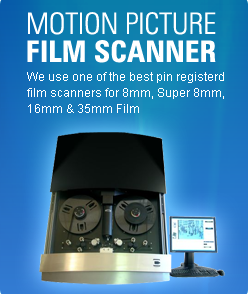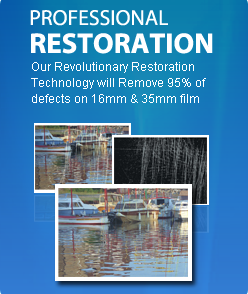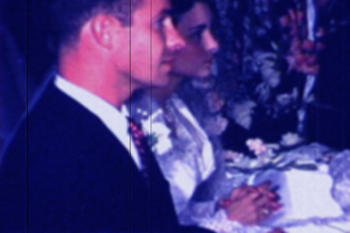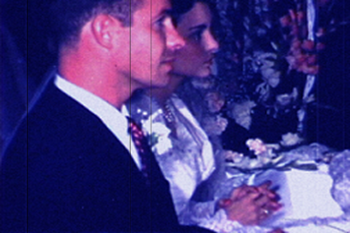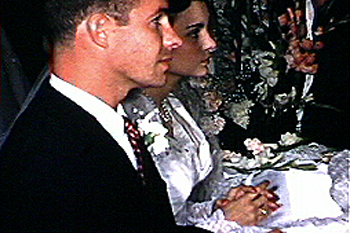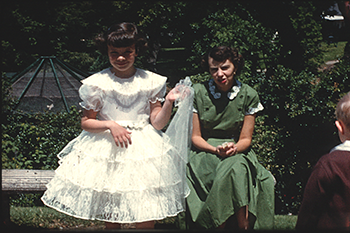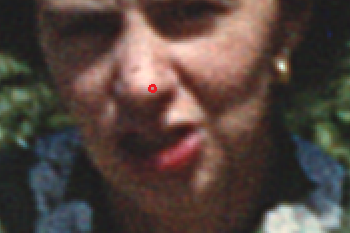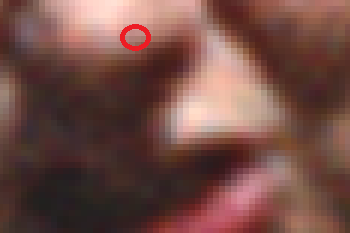
The first table shows how the same film looks using our 4 different processes. You can see that the difference can be significant for our Bowling Green customers.
The second table presents a case for scanning 8mm and Super 8 film at 2K resolution. In the past year we have done 20 comparisons. Contrary to popular belief, we do see a noticeable difference in quality between our Pro HD and Pro 2K process on 8mm and Super 8 film.
In general it is recommended that you scan at or above the resolution of the film. For 8mm and Super 8 that means scanning at HD or 2K.
8mm And Super 8 Film Bowling Green |
|
SD Scan
|
|
Pro HD Scan
|
|
Pro 2K Scan
|
|
Pro 4K Scan
|
|
Film Resolution |
|
Resolution of Film |
|
Film Grain
|
|
Film Grain vs Digital Pixel
|
|
So, for example, if you are looking for the best quality DVD, scan your 8mm or Super 8 at HD. If you are looking to go to BluRay then scan your 8mm or Super 8 at 2K.
Bowling Green Fun Facts: First settled in 1780 and incorporated in 1812, Bowling Green served as the Confederate capital of Kentucky from 1861 to 1862 while the city was under occupation by the Confederacy. After the Civil War, the city saw its economic base expand from agriculture and livestock to a wider variety of industries, as shown by many of the historic business structures still in evidence today. In 1906, The Western Kentucky State Normal School was founded in central Bowling Green and this institution went on to become Western Kentucky University, the third largest public university in the state. Today, the University is one of the city's largest employers, along with other major industries calling Bowling Green home, including the General Motors Corvette Plant, Holley Performance Products, and Pan-Oston.
Kentucky Fun Facts: Known primarily as an agricultural area into the 20th century, Kentucky is also a major U.S. coal producer andsite of the U.S.military bases Fort Knox and Fort Campbell. It is also known as the home of the legendary Kentucky Derby horse race and bluegrass music, pioneered by Kentucky native Bill Monroe. Kentucky was granted statehood in 1792, becomingthe first U.S.
